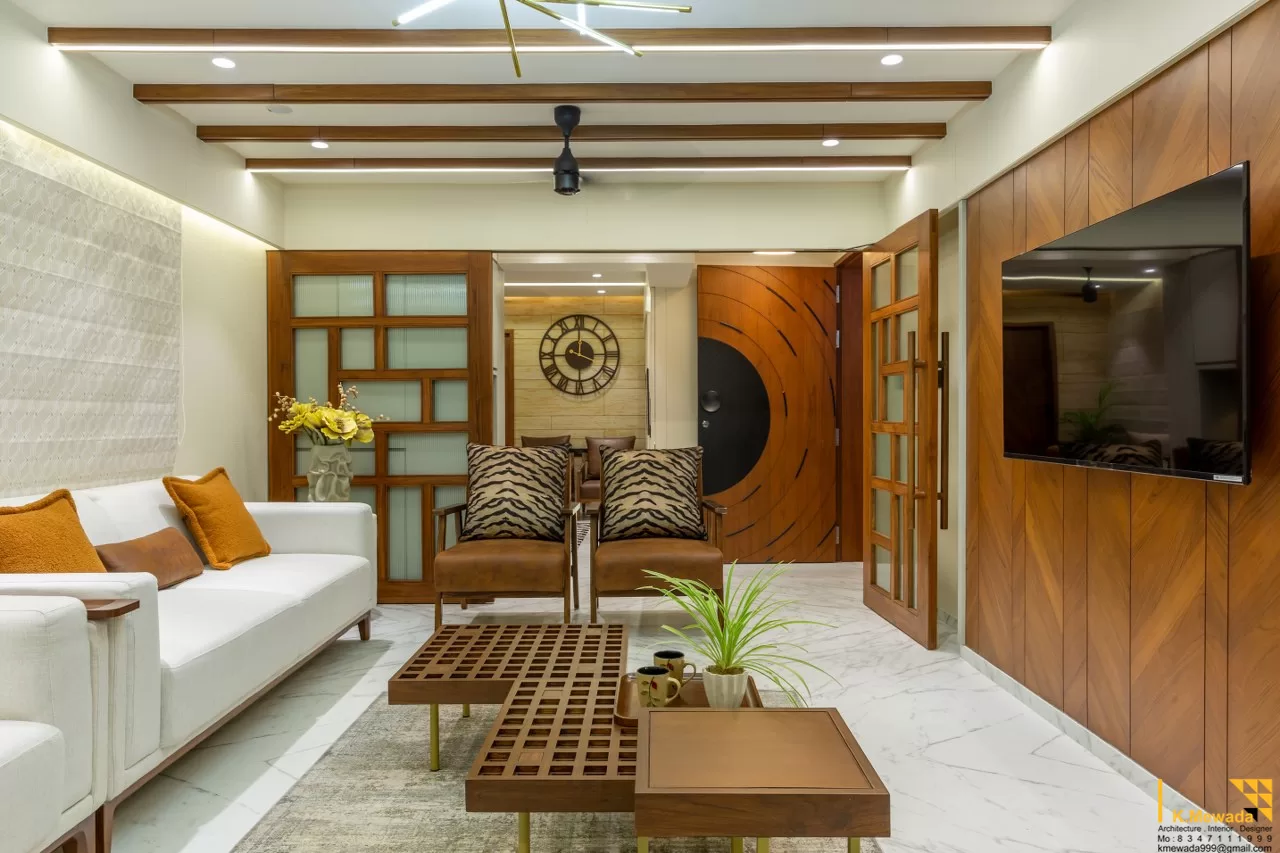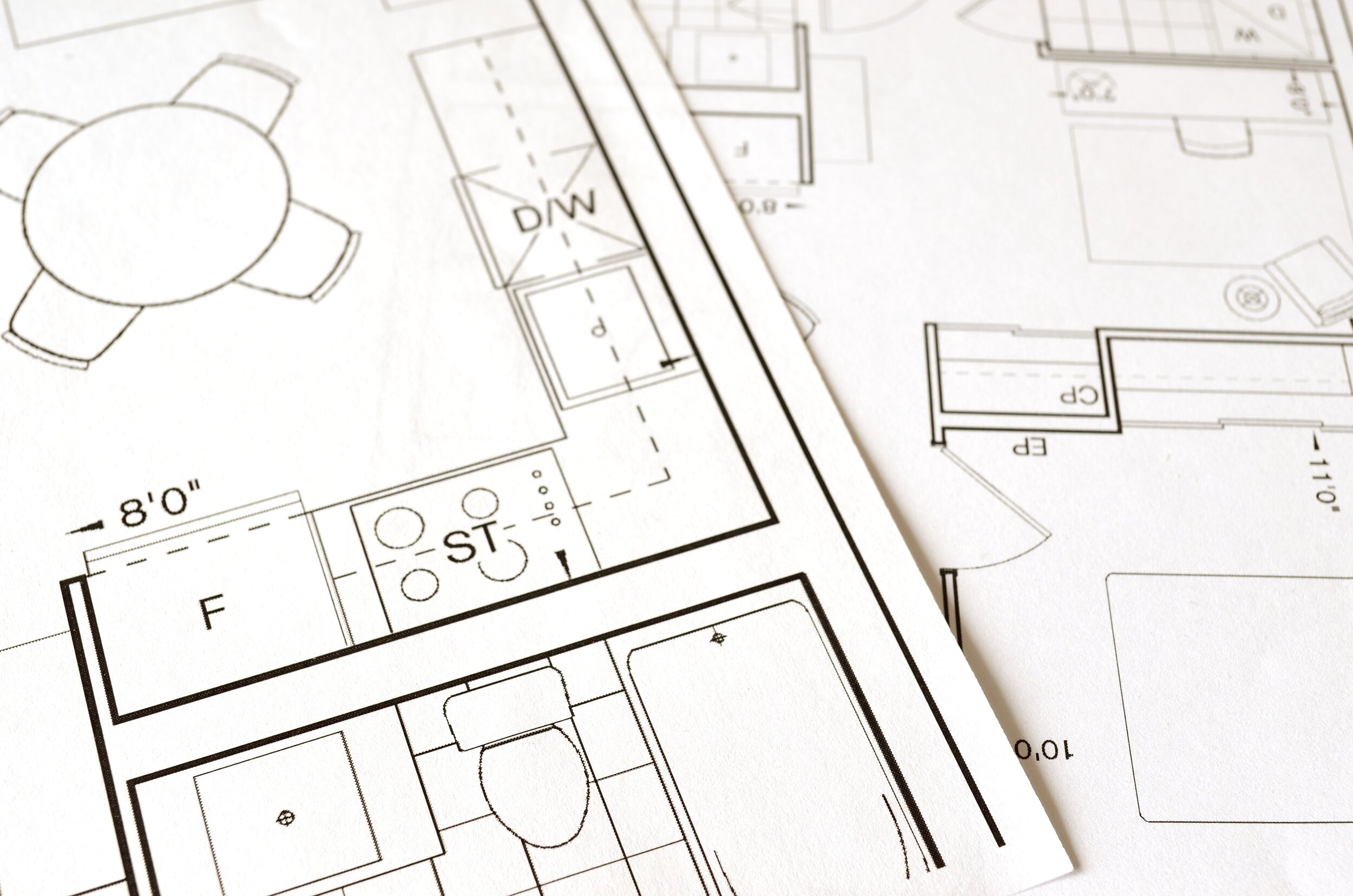Premier Winchester Design Expert for Unique Home Designs
The Art of Equilibrium: How Interior Design and Home Designer Collaborate for Stunning Outcomes
In the realm of home layout, striking an equilibrium in between visual appeals and functionality is no small task. This delicate stability is attained with the harmonious collaboration in between indoor designers and architects, each bringing their unique proficiency to the table. Stay with us as we discover the ins and outs of this collective process and its transformative influence on home style.
Understanding the Core Distinctions In Between Interior Layout and Home Design
While both Interior Design and home design play important roles in developing visually pleasing and functional areas, they are inherently various self-controls. Home style mostly concentrates on the architectural elements of the home, such as constructing codes, security regulations, and the physical building and construction of the area. It manages the 'bones' of the structure, collaborating with spatial dimensions, bearing walls, and roofing designs. On the various other hand, Interior Design is much more worried with improving the aesthetic and sensory experience within that framework. It involves picking and preparing furniture, picking color plans, and incorporating ornamental components. While they operate in tandem, their duties, responsibilities, and areas of expertise split dramatically in the creation of an unified home setting.
The Synergy Between Home Architecture and Interior Style
The harmony in between home architecture and Interior Design lies in a shared vision of style and the improvement of practical aesthetics. When these two fields align harmoniously, they can transform a space from normal to phenomenal. This cooperation calls for a deeper understanding of each technique's principles and the ability to produce a natural, cosmetically pleasing atmosphere.
Unifying Design Vision
Combining the vision for home architecture and indoor design can produce a harmonious living area that is both functional and visually pleasing. It promotes a synergistic approach where architectural components complement indoor design elements and vice versa. Thus, unifying the style vision is crucial in mixing architecture and interior layout for spectacular outcomes.
Enhancing Functional Looks
How does the harmony in between home architecture and Interior Design boost practical appearances? This synergy makes it possible for the creation of areas that are not just visually attractive but likewise pleasantly usable. Engineers prepared with their structural style, making certain that the space is useful and reliable. The indoor designer then matches this with very carefully selected aspects that boost the aesthetic appeals without endangering the capability. This unified collaboration can result in homes that are both livable and beautiful. An engineer could make a residence with high ceilings and huge windows. The interior developer can after that emphasize these attributes with large curtains and tall plants, respectively, thus enhancing the visual allure while keeping the sensible advantages of natural light and spaciousness.
Relevance of Partnership in Creating Balanced Spaces
The collaboration in between interior developers and architects is crucial in producing well balanced areas. It brings harmony in between design and style, providing birth to rooms that are not only cosmetically pleasing but additionally functional. Discovering successful collective strategies can supply understandings into just how this synergy can be properly achieved.
Balancing Design and Design
Equilibrium, a vital facet of both Interior Design and design, can just really be accomplished when these two fields job in harmony. This consistency is not just an aesthetic factor to consider; it influences the performance, toughness, and ultimately, the livability of a space. Inside architects and designers need to recognize each other's roles, appreciate their proficiency, and interact successfully. They have to consider the interplay of structural aspects with decoration, the circulation of rooms, and the impact of light and color. This collaborative process leads to a cohesive, balanced layout where every component has an objective and adds to the overall aesthetic. For that reason, balancing layout and architecture is not almost producing attractive spaces, but regarding crafting areas that function effortlessly for their occupants.
Successful Joint Techniques

Situation Researches: Successful Assimilation of Style and Architecture
Examining a number of instance researches, it becomes obvious just how the effective assimilation of interior design and design can change a room. Engineer Philip Johnson and interior designer Mies van der Rohe worked together to produce a harmonious balance between the interior and the structure, resulting in a seamless flow from the exterior landscape to the inner living quarters. These situation research studies underscore the extensive influence of an effective design and architecture collaboration.

Getting Over Difficulties in Design and Style Collaboration
Regardless of the indisputable advantages of a successful cooperation between Interior Design and design, it is not without its obstacles. Communication concerns can develop, as both parties may make use of different terms, understandings, and methods in their job. This can result in misunderstandings and hold-ups in task conclusion. One more significant challenge is the harmonizing act of visual appeals and performance. Architects may focus on architectural integrity and safety and security, while developers focus on convenience and design. The integration of these goals can be intricate. Additionally, budget plan and timeline restraints frequently include stress, possibly causing rifts in the cooperation. Therefore, effective interaction, common understanding, and concession are essential to get rid of these obstacles and attain a harmonious and successful partnership.

Future Patterns: The Evolving Connection In Between Home Architects and Interior Designers
As the globe of home layout proceeds to progress, so does the partnership in between designers and interior designers. Conversely, interior developers are welcoming technological elements, influencing overall layout and capability. The future assures a much more cohesive, innovative, and adaptive strategy to home layout, as designers and engineers proceed to blur the lines, fostering a partnership that absolutely symbolizes the art of balance.
Final thought
The art of balance in home layout is accomplished via the harmonious cooperation between indoor designers and engineers. An understanding of each other's self-controls, effective communication, and shared vision are crucial in producing aesthetically sensational, practical, and welcoming areas. Despite obstacles, this partnership fosters development and development in layout. As the connection between home engineers and interior developers develops, it will certainly continue to form future trends, boosting comfort, performance, and individual expression in our living areas.
While both interior layout and home architecture more tips here play crucial roles in producing cosmetically pleasing and practical rooms, they are inherently different techniques.The harmony between home design and indoor design lies in a common vision of layout and the enhancement of practical visual appeals.Merging the vision for home architecture and interior style can develop a harmonious living space that is both practical and cosmetically pleasing. Hence, unifying the design vision is important in mixing style published here and interior design for spectacular outcomes.
Just how does the harmony between home architecture and interior style boost functional visual appeals? (Winchester architect)